The Colorado potato beetle is very tenacious, so all folk remedies are less effective than pesticides. But sometimes you can get by only with them, without the use of chemicals.
|
This is what the Colorado potato beetle and its larva look like |
| Content:
|
Features of the Colorado potato beetle
The Colorado potato beetle has virtually no natural enemies. Its body contains toxic substances that make it inedible for animals, most birds and insects.
The female beetle lays a huge number of eggs, on average 750-850, but in unfavorable years up to 2-3 thousand. During a season, 2-3 generations of pests appear in the south, 1 in the middle zone, and 2 under favorable conditions. The eggs of pests are eaten by the larvae of ladybirds, lacewings, and ground beetles. But all these insects are not able to somehow regulate the number of pests, since Colorados reproduce in much larger numbers than entomophages.
The Colorado potato beetle is very hardy. In search of food supply, it is capable of traveling thousands of kilometers. In the absence of the main food sources - potatoes and eggplants - the beetle eats cultivated and wild plants of the nightshade family: tomatoes, peppers, tobacco, physalis, etc.
Rivers and lakes are not an obstacle for Coloradoans.
|
Beetles do not drown in water; this can also be noticed when collecting pests. They are usually collected in a bottle of salt water. So, all the larvae and beetles, even dead ones, float on the surface. They die from hunger, not from water. |
When in danger, beetles and larvae do not hide, but fall with their paws up and pretend to be dead. This, again, is a signal to the birds that they are not edible.
The beetles overwinter in the soil, going to a depth of up to 60 cm. In the absence of food, Colorado beetles are able to enter a long diapause (up to 2 years), while maintaining viability. All this greatly complicates the fight against the Colorado potato beetle not only with folk remedies, but also with stronger drugs.
On the territory of Russia, pests are absent in the northern and most eastern Siberian regions.In the middle zone over the past 15 years, the number of the pest has decreased greatly. In summer cottages there are single specimens, and there are few pests in industrial plantings. There are a huge number of them in the south. They cause significant damage to the crop, but primarily to eggplants and tomatoes. Much less potatoes are grown in the south.
Manual collection
The method is used for a small number of pests. Beetles, larvae and oviposition begin to appear already on potato seedlings. Therefore, the plot is inspected at least 2 times a week. To collect larvae and beetles, take a bottle with a screw cap into which a concentrated solution of salt or soda is poured.
The body of the larva is tender and soft, and if it gets into a concentrated solution, it gets burned and dies. But even dead larvae do not drown.
|
With a small number of pests, this folk method is effective even on a large plot. |
Collection rules.
- On seedlings, oviposition is located at the top. On mature bushes - in the lower and middle tier. The larvae that emerge from the eggs move closer to the top, feeding on more tender leaves. Older larvae can descend lower and feed on older leaves. Therefore, they inspect the bushes from the top to the ground. Leaves containing oviposition are torn off. It is undesirable to crush eggs on the leaf, since a sharp-smelling yellowish liquid is released, which subsequently leads to drying out of the leaf. With a large oviposition, the liquid falls on the neighboring leaves, and they, too, gradually wrinkle and dry out.
- Do not crush beetles and larvae between rows. In a potato field, the soil is quite loose, so when you press on an insect, it quickly buries itself in the ground, and, as a rule, it is not possible to crush it.After some time, the pest resurfaces and continues feeding and reproducing.
- Collect all larvae that have just hatched from their eggs. They are very small and difficult to collect, since they usually sit on the top at the point of growth or between small leaves, from where they are difficult to get. But you can't leave them. To collect such small things, if possible, rinse the top of the bush in a bucket of water, or remove them with a cotton swab soaked in soda solution.
- If there are a large number of beetles on the bushes, they are swept with a broom into a bucket of water, which is quickly covered with a lid.
What kind of poultry eats Colorado potato beetles?
Guinea fowl, turkeys, gray partridges and pheasants are capable of feeding on the Colorado potato beetle. Birds accustomed to eating the pest can rid a field of both beetles and larvae, as well as eggs, in a few days. Guinea fowl and turkeys are better adapted to our climate, so they are bred more often.
A bird that is well fed is reluctant to collect pests, so chicks are taught to eat Colorado potato beetles from the age of three weeks. To do this, grated potatoes are mixed into the food to accustom the chicks to its smell. After 1-2 weeks, crushed larvae and beetles are added to the potatoes. After such preparation, three-month-old chicks can be released into the potato field. Guinea fowl and turkeys do not rake the ground and do not trample plants like chickens; they collect insects from potato bushes.
|
Adult birds, accustomed to other foods, may initially refuse such a “delicacy.” In order for them to start pecking at the larvae, they are not fed for a day before being released into the plot. |
Pheasants and gray partridges also prey on Colorados, but they adapt less well to our conditions and are therefore less common.You can release them into a potato plot, but you must be careful that they do not trample the plants.
When using birds to control Colorado potatoes, it is prohibited to treat potatoes with any pesticides (including against diseases). After treatment, birds can be released onto the field after 15 days.
A fairly effective method, poultry is guaranteed to completely destroy the pest throughout the season.
Dry methods
Potato traps
This folk method works well in the spring, when overwintered beetles emerge from the ground. Cut potato tubers are laid out next to the potato plot. Beetles flock to such bait in large numbers.
Instead of tubers, you can use potato peelings. They are laid out in piles around the perimeter of the field. Cleanings must be fresh. Dried peel loses nutritional value for the pest. A large number of pests will gather on the bait, after which the cleaning is doused with kerosene and set on fire. If it is impossible to set fire to the cleaning, insects are collected manually.
|
You can peel or slice potatoes into jars. When the beetles gather on the bait, the jar is filled with salt solution or kerosene. |
During the germination period, when the tops are 5-10 cm high, the potatoes are hilled up, completely covering the seedlings with soil and destroying the Colorado potato plants using baits.
Corn starch
The method is good for a small plot with a moderate spread of insect pests. In the evening, the tops are dusted with corn starch or flour. After dew falls, the starch swells and, when eaten by larvae, clogs the stomach. The larvae stop feeding and die. However, even in the absence of dew, starch swells in the insect’s stomach, only its death occurs a little later.
Ash
Wet bushes are heavily pollinated with ash. It contains a lot of potassium and, when it enters the insect’s stomach, it causes irreversible changes in the nervous and digestive systems, leading to the death of the pest. Ash is not sprayed on dry bushes, since it is blown away by the wind and is of little use. If the tops are dry, then before spraying they are moistened with water.
Video about the fight against the Colorado potato beetle using folk remedies:
Useless and dangerous methods
- Filling the rows with fresh sawdust. Beetles, especially when the pest population is high, will not be deterred by this. Wasted energy and time. In addition, fresh sawdust greatly reduces the amount of nitrogen in the soil and releases resinous substances that impair potato growth.
- Adding pine needles and pine sawdust to the hole when planting. Fresh sawdust draws nitrogen from the soil, and, in addition, strongly acidifies it. On acidic soils, this adversely affects crop yields. It is better not to use this popular method.
- Powdering with cement or gypsum. When in contact with water, the substances harden and form a crust on the leaves. As a result, photosynthesis deteriorates and growth slows down, but the number of the pest does not decrease with this treatment, since it does not eat such leaves.
- Onion peel. Rotting onions and husks are laid out in the boletus. But they only slightly repel the beetles; this has no effect on the larvae.
All this advice is wasted work.
Spraying
Among the folk remedies for combating the Colorado potato beetle, mustard, vinegar, hot pepper, tar and others are most often used.
Mustard. Dilute 150 g of dry mustard in a bucket of water, add 100 ml of 9% vinegar, stir. Process potatoes.
|
The burning liquid causes burns to the delicate body of the larvae and leads to their death. |
Hot pepper infusion. Dilute 50 g ground red pepper in a bucket of water and spray the potatoes. Larvae of all ages die. The infusion is very hot and corrosive; it is necessary to work with it wearing gloves, a mask and safety glasses. Do not exceed the concentration of the solution, otherwise you can burn the leaves.
Birch tar. Dilute 2 bottles of tar (sold in pharmacies) in 5-8 liters of water, treat the plot during the period of intense flight of beetles. The smell of tar repels insects, there will be slightly fewer of them. The tar quickly disappears, so after 10 days the treatment is repeated.
Celandine. Chop 1.5 kg of fresh grass, pour 10 liters of boiling water, leave for 2-3 hours. Strain, add 10 ml of calcium chloride to the finished solution. Treatment reduces the activity and appetite of the larvae.
Walnut. 1 kg of leaves and green fruits is poured with boiling water and left for 5 days, then filtered and sprayed on the plot.
|
The infusion is used mainly to control pests on tomatoes and eggplants, since significantly less potatoes are grown in the south. But the method is suitable for him too. |
An infusion can be prepared from dried leaves and partitions of the nut. 400 g of raw materials are poured with boiling water and left for 7 days.
Tannins contained in raw materials cause irreversible changes in insects and lead to their death.
Useless methods
Not all folk remedies for the Colorado potato beetle are equally effective; treatments with some of them are completely useless.
Processing potatoes with infusion of tomato tops. Coloradas eat plants of the nightshade family, which includes tomatoes. And spraying a potato field with it will only attract a huge number of pests. It also transmits diseases common to all nightshades. Beetles will not miss such a 2-in-1 delicacy.It makes sense to carry out the treatment only for the simultaneous extermination of a huge number of pests.
|
Treating potatoes with infusion of tomato tops will not give results. |
The same applies to tobacco infusion. Tobacco belongs to the nightshade family. With an abundant food supply, it is not a priority for the beetle, but its infusion will not scare away and certainly will not cause the death of the pest.
Planting a potato field along the perimeter with plants with a pungent odor (calendula, marigolds, garlic) does not scare off the colorados. According to many years of observations, even if garlic or calendula grows in potatoes, this does not affect the number of the pest in any way.
Conclusion
Most folk methods of control are preventive. Extermination methods mainly affect one stage of insect development (either beetles or larvae). Folk remedies do not work on pest eggs. In addition, the effect of using traditional methods develops very slowly. They are applicable in regions with low concentrations of pests, where they are fully justified. In regions with high concentrations they are ineffective.
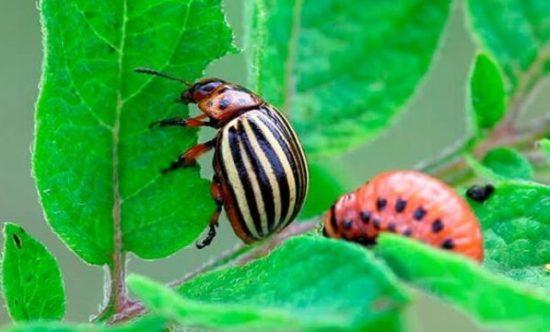
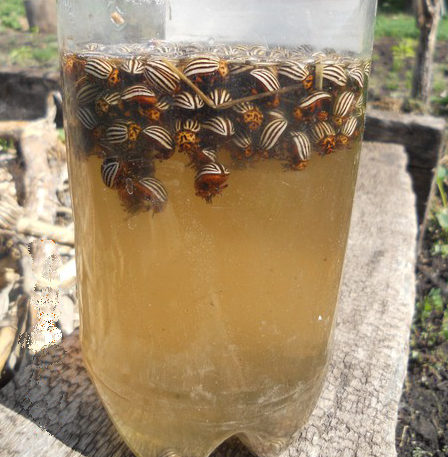
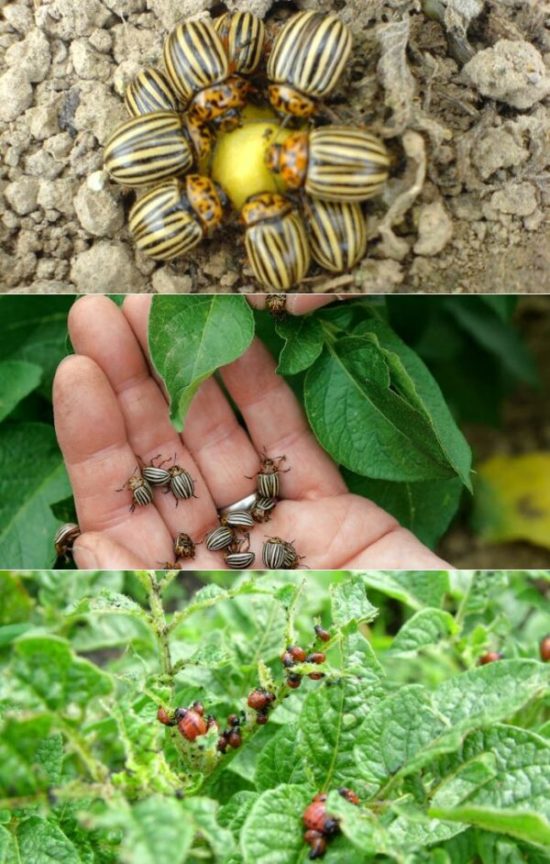

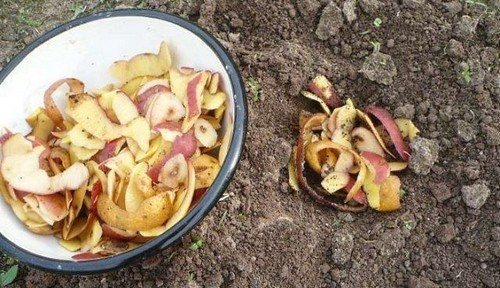
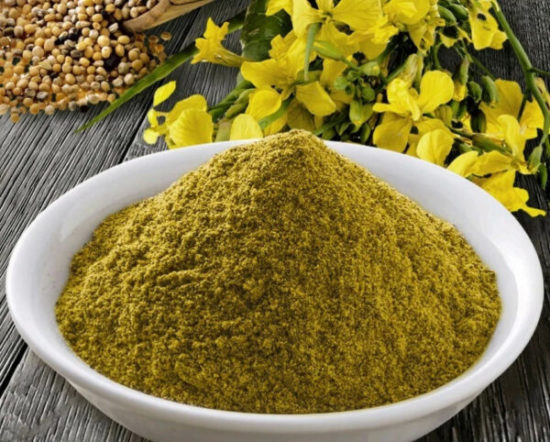
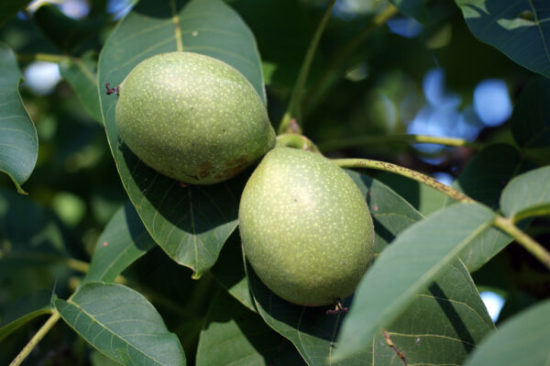
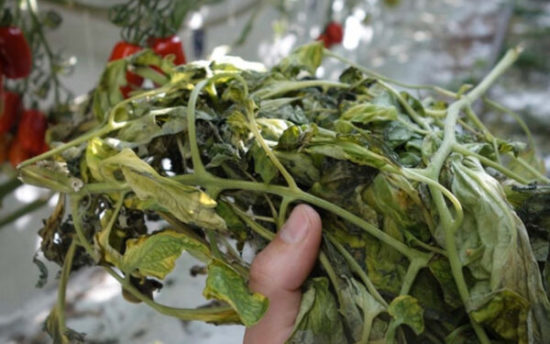

 (2 ratings, average: 4,00 out of 5)
(2 ratings, average: 4,00 out of 5) CUCUMBERS NEVER GET SICK, I'VE BEEN USING ONLY THIS FOR 40 YEARS! I SHARE A SECRET WITH YOU, CUCUMBERS ARE LIKE THE PICTURE!
CUCUMBERS NEVER GET SICK, I'VE BEEN USING ONLY THIS FOR 40 YEARS! I SHARE A SECRET WITH YOU, CUCUMBERS ARE LIKE THE PICTURE! You can dig a bucket of potatoes from each bush. Do you think these are fairy tales? Watch the video
You can dig a bucket of potatoes from each bush. Do you think these are fairy tales? Watch the video
 How our fellow gardeners work in Korea. There is a lot to learn and just fun to watch.
How our fellow gardeners work in Korea. There is a lot to learn and just fun to watch. Eye trainer. The author claims that with daily viewing, vision is restored. They don't charge money for views.
Eye trainer. The author claims that with daily viewing, vision is restored. They don't charge money for views. A 3-ingredient cake recipe in 30 minutes is better than Napoleon. Simple and very tasty.
A 3-ingredient cake recipe in 30 minutes is better than Napoleon. Simple and very tasty. Therapeutic exercises for cervical osteochondrosis. A complete set of exercises.
Therapeutic exercises for cervical osteochondrosis. A complete set of exercises. Which indoor plants match your zodiac sign?
Which indoor plants match your zodiac sign? What about them? Excursion to German dachas.
What about them? Excursion to German dachas.
Thank you very much for the information provided
METHOD 9. Pour 200 g of chopped garlic heads and arrows into 10 liters of hot water and leave for 24 hours. Then add 40 g of laundry soap to the infusion. METHOD 10. Recently, many gardeners have noted that mustard is very effective against the Colorado potato beetle.To do this, dissolve 200 g of dry mustard in 10 liters of warm water, add 100 ml of 9% vinegar and spray the resulting liquid onto potato bushes during flowering. In this case, the leaves are processed not only from above, but also from the reverse side.
I wonder where this cry for the Colorado potato beetle comes from? Don't read Wikipedia, live in your own head! There is a remedy for the Colorado potato beetle in Russia that has been working reliably for almost 200 years. They just don’t tell you about it - it’s too cheap. These are the flowers of Sweet Tobacco. After the recipe was found, the beetle has not bothered us for more than 10 years; it’s only difficult for the first 3 years, until you eliminate the beetles overwintering on your site. You can see how this is done here. I recommend you try it!